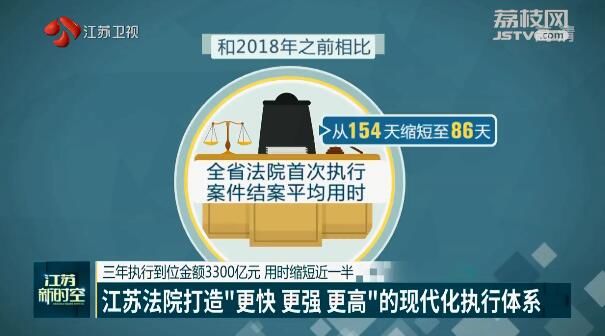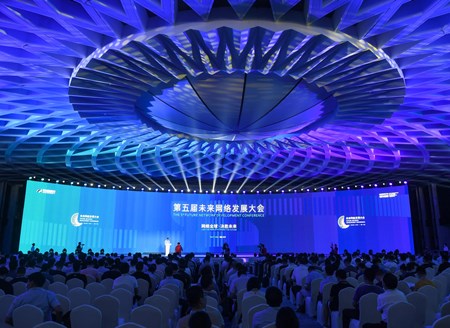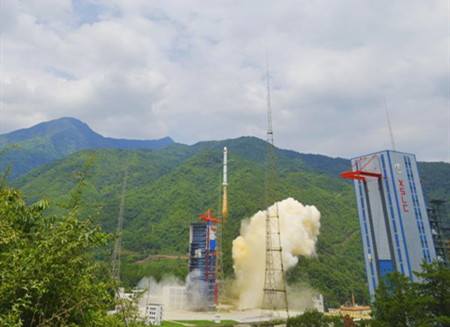The courts at all levels in east China’s Jiangsu Province have executed 330 billion yuan of court rulings in years from 2018 to 2020 so as to improve the effectiveness in enforcing court rulings.

In recent years, the province’s courts have implemented the "854 model" for court ruling enforcement. Over the past three years, 330 billion yuan has been executed in court rulings, and a modern enforcement system that is "faster, stronger, and higher" has been initially formed.
The "854 mode" is a modern execution mode of "executive team" + "substantial operation of the executive command center" that the courts across the province have implemented on a massive scale since 2018.
Unlike previous enforcement of court rulings that were handled by one judge from the beginning to the end, the "854 mode" handed over 8 tasks to the executive command center for intensive, standardized, and refined handling, which has improved the quality and efficiency of enforcement.
According to Zhu Rong, Chief of the Executive Tribunal of the Provincial Higher People's Court, in the past, a judge could only handle one or two hundred cases each year, after diverting these transactional tasks, a judge may now handle more than 500 cases a year.
Starting in 2020, the courts across the province have upgraded the "854 model" by relying on the executive command center and the executive affairs center to fully implement one-stop services for executive affairs.

Compared with the year before 2018, the average time it takes for the province’s courts to close the first enforcement case has been shortened from 154 days to 86 days.
The average time it takes to close cases after execution has been shortened from 100 days to 56 days, and the proportion of cases closed within the statutory time limit has increased from less than 75.15% to 97.02%.





